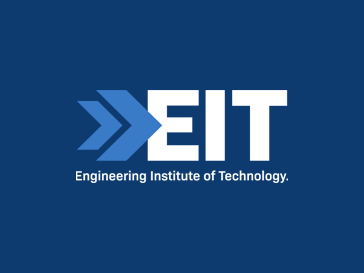
It is almost that time of the year again, the moment that sees out the old and welcomes in the new, on New Year’s Eve. In the seconds that take 23:59 in 2017 to 00:00 in 2018, bursts of fiery light will appear in the night skies around the world as displays of fireworks are triggered.
Some of the world’s grandest fireworks happen on Australia’s Sydney Harbor, on the United Kingdom’s London Eye, on France’s Eiffel Tower in Paris, and on Brazil’s Copacabana Beach in Rio de Janeiro, to name a few.
Nothing dazzles crowds quite like fireworks displays. They are, after all, a marvel of chemical engineering. There is a visceral excitement felt by many when fireworks burst into the sky as a New Year dawns.
However, for visually impaired members of our global population, enjoying a fireworks display is limited to the reverberating explosions alone. The engineers and researchers at Disney Parks and Resorts have worked to find a solution.
The company is world renowned for its firework displays; in fact they are the largest consumer of fireworks in the world. A former Product Designer at Disney Consumer Products, Ben Suarez, says Disney uses up to US$50,000 of fireworks per show at their resorts. It is estimated that the resorts collectively blow up $50 million worth of fireworks every year.
Feeling Fireworks
Researchers at Disney are developing a technology that would allow visually impaired patrons to experience the fireworks at their parks in a new way; by feeling them. A flexible screen is set up, with water jets positioned behind it. By placing their hands against the screen they feel a representation of a firework exploding outwardly.
To further improve the experience, a Microsoft Kinect camera array is set up, for the purposes of tracking users’ hands. Once a user's hands are up against the flexible screen, the jets are activated through the Kinect sensor and a personalized ‘fireworks explosion’ is performed for the user.

Disney’s researchers are experimenting with a variety of nozzles on the water jets to produce varied patterns and thus a breadth of tactile experience. Using an Arduino-based computer, the engineers control the amount of water the pump emits and can control the direction of the nozzles. The researchers have also found that they can produce the experience inexpensively. They write:
“Our approach is low-cost and scales well, and allows for dynamic tactile effects to be rendered with high spatial resolution.”
The rise and development of haptic technology will enable an increasing number of tactile experiences in the near future. Haptic feedback is something engineers are embedding in technology to make humans feel like their interactions with technology are more genuine.
Disney believes that the technology could be adapted to other industries. The researchers write:
“Beyond the specific application, the technology represents a novel and cost-effective approach for making large scalable tactile displays, with the potential for wider use.”
Disney’s investment in fireworks goes further. According to former Disney & NBC Product Designer Ben Suarez the company has invested millions into “developing new fireworks that left minimal amounts of smoke”, after the smell of their many fiery displays agitated crowds.
A festive season is, after all, for everyone. It is commendable that Disney has used their engineering expertise to ensure this gladness is spread a little more widely.
Works Cited
“Feeling Fireworks.” Disney Research, www.disneyresearch.com/publication/feeling-fireworks/.
“Quora - A Place to Share Knowledge and Better Understand the World.” Quora - A Place to Share Knowledge and Better Understand the World., www.quora.com/.
